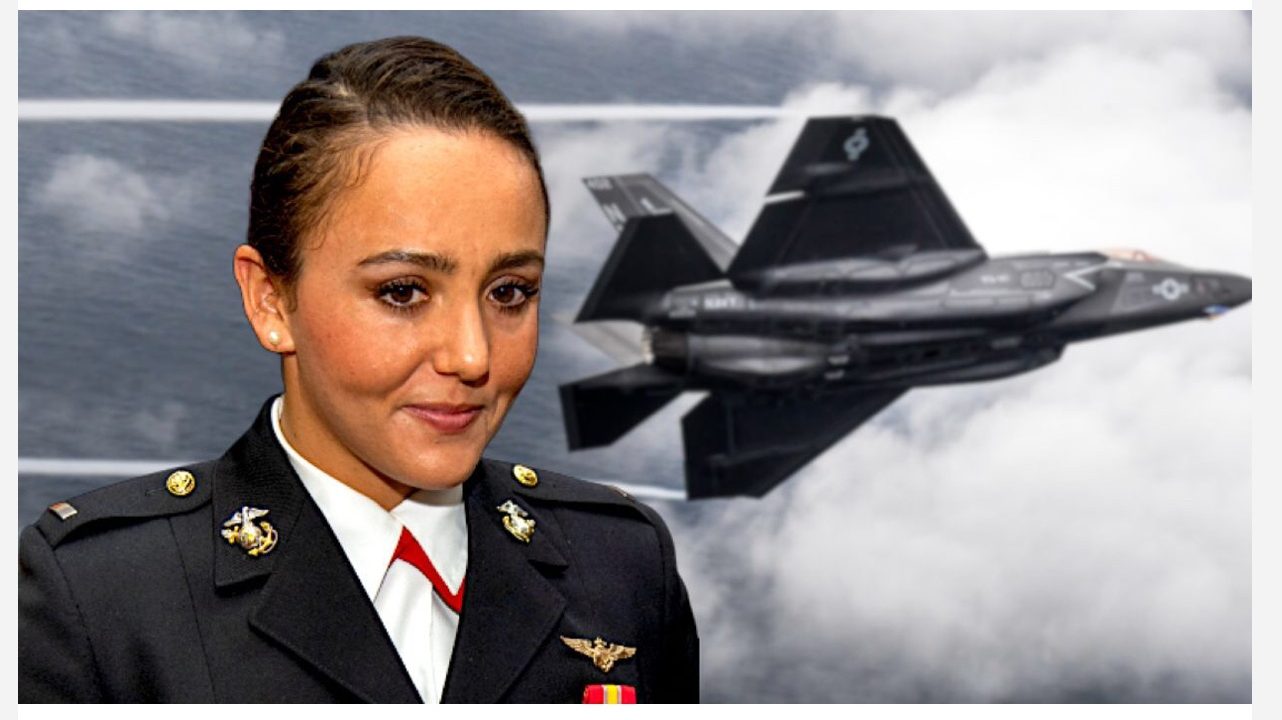

The squadron trains newly designated (i.e., winged) Naval Aviators, conversion pilots, refresher pilots, and enlisted aircrew on the UH-1Y Venom, and the AH-1Z Viper. Marine Light Attack Helicopter Training Squadron

However, as part of the re-organization of the corps, HMLA-469 and HMLA-367 will be de-activated by 2030. Due to the need for more light attack squadrons, the Marine Corps began adding new squadrons in 2008. The transition to the UH-1Y was completed in August 2014 when HMLA-773 flew the UH-1N for the last time.
#Marine corps fighter pilot upgrade#
The H-1 upgrade program will see both the AH-1 and UH-1 get greater power, improved avionics and an 85% commonality of parts. The primary missions of the Viper is close air support, forward air control, reconnaissance and armed escort, while the Huey provides airborne command and control, utility support, supporting arms coordination and medical evacuation. The Marine Corps’ light attack squadrons are composite squadrons made up of 18 AH-1Z Vipers and 9 UH-1Y Venoms. Marine Light Attack Helicopter Squadrons The squadron trains newly designated (i.e., winged) Naval Aviators, conversion pilots, refresher pilots, and enlisted aircrew on the CH-53E Super Stallion. Marine Heavy Helicopter Training Squadron Lastly, HMX-1 provides support to training at The Basic School, providing aerial insertion for various training events, as well as MAGTF Air component orientation to the student officers. These were due to be replaced by the VH-71 Kestrel, however that program was cancelled in April 2009. The squadron flies the VH-3D Sea King the VH-60N Whitehawk, and the MV-22 Osprey. In addition to its VIP transport role, it is also tasked with operational test and evaluation (OT&E) of new flight systems for Marine Corps helicopters. The squadron is responsible for the helicopter transportation of the president of the United States, vice president, Cabinet members and VIPs. Rotary-wing aircraft Marine Helicopter Squadron The first two numbers were supposed to identify the squadrons parent group but with the rapid expansion during World War II and frequent transfer of squadrons this system fell apart. This changed on July 1, 1941, when all existing squadrons were redesignated to a three-digit system. From 1920 to 1941, Marine flying squadrons were identified by one digit numbers. Rotary wing ( helicopter) squadrons use "H." Marine squadrons are always noted by the second letter "M." Squadron numbering is not linear as some were numbered in ascending order and others took numbers from the wing or the ship to which they were assigned. Fixed-wing aircraft squadrons (heavier than air) and tiltrotor squadrons are denoted by the letter "V", which comes from the Spanish verb "volar" (to fly). The basic tactical and administrative unit of United States Marine Corps aviation is the squadron.

5.1 Marine Unmanned Aerial Vehicle Squadrons.4.8 Marine Operational Test and Evaluation Squadron.4.6 Marine Aerial Refueler Transport Squadrons.4.4 Marine Fighter Attack Training Squadrons.4.3 Marine All-Weather Fighter Attack Squadrons.3.2 Marine Medium Tiltrotor Training Squadron.2.5 Marine Light Attack Helicopter Training Squadron.2.4 Marine Light Attack Helicopter Squadrons.2.3 Marine Heavy Helicopter Training Squadron.


 0 kommentar(er)
0 kommentar(er)
